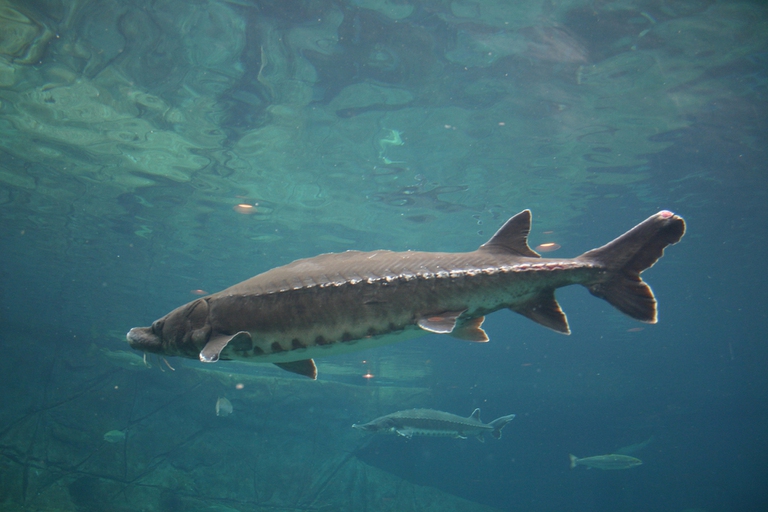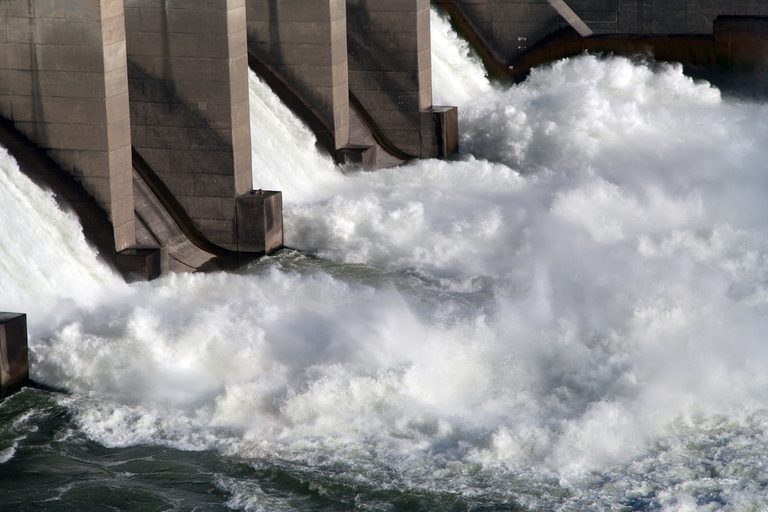https://www.lifegate.it/pesci-migratori-acqua-dolce-diminuzione
- |
- According to a global study, populations of migratory freshwater fish species have declined by 81 percent over the past thirty years.
- Fish are threatened by habitat loss and degradation caused by dams, pollution, overfishing, climate change.
- The report then reveals that, thanks to targeted interventions, some populations are increasing, suggesting that ecosystem management practices can have a positive impact.
The populations of migratory freshwater fish species continue to decline worldwide, threatening the food safety and the means of subsistence of millions of people, the survival of countless other species and health and resilience of rivers, lakes and wetlands.The phenomenon is confirmed by one global study published last May 24th.

It's about the Living planet index (LPI) who analyzed the data relating to 1,864 populations of 284 species of migratory freshwater fish, monitored between 1970 and 2020, recording a decrease of their presence’81 percent, with catastrophic declines in 91 percent in Latin America and the Caribbean and of 75 percent in Europe.
Dams, pollution, climate change:threats to the habitats of migratory freshwater fish
The causes of this global phenomenon are many. Habitat loss and degradation – which includes the fragmentation of rivers by dams and other barriers and the conversion of wetlands for agriculture – represent the half of the threats to migratory fish, followed by excessive exploitation.Added to this is the increase inpollution resulting from urban, agricultural and industrial wastewater and the worsening of the impacts of climate changesthe.
Migratory freshwater fish are vital to the food security and nutritional needs of hundreds of millions of people, particularly in vulnerable communities in Asia, Africa and Latin America.They are also a means of livelihood for numerous communities with activities ranging from local fishing al global trade of fish and fishing by-products, up to the fishing industry recreational fishing.
A deafening alarm bell
“The catastrophic decline in migratory fish populations is a deafening wake-up call for the world.We must act now to save these key species and their rivers,” he said Herman Wanningen, founder of World Fish Migration Foundation, one of the organizations involved in the study.“Migratory fish are central to the cultures of many indigenous peoples, feeding millions of people around the world and supporting a vast network of species and ecosystems.We cannot continue to let them slip away silently."
From removing barriers to monitoring:the solutions to protect rivers and biodiversity work
The report is not entirely negative.Almost a third of the monitored species increased, suggesting that conservation efforts and improved habitat management can have positive impacts.Among the solutions are the dam removal, weirs and embankments.In 2023, Europe has removed a record 487 barriers, double that of the previous year, while the largest dam removal in history is currently underway in the United States along the Klamath River in California and Oregon.

For the promoters of the study it is necessary urgently accelerate efforts to protect and restore the free flow of rivers through basin-wide planning, investing in renewable and sustainable alternatives to the thousands of new hydroelectric dams planned around the world.In addition to recovering the rivers degraded and protect the biodiversity, it is also necessary to strengthen the monitoring efforts of these species to have more complete data in order to understand cHow fish populations are changing and what to do about them several factors that interact in this change.
